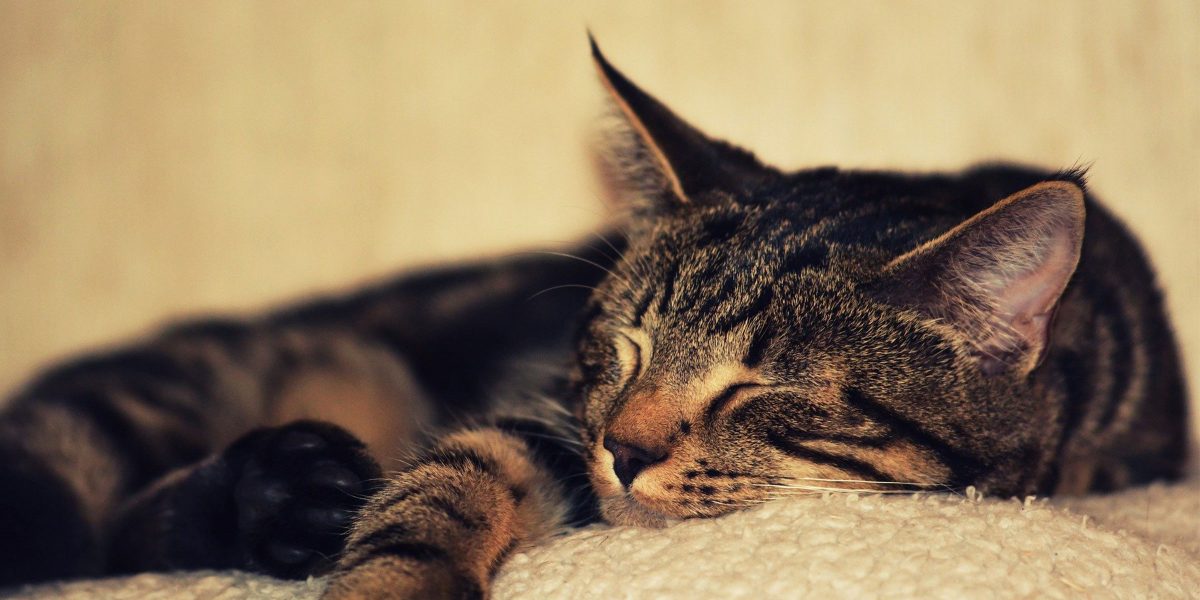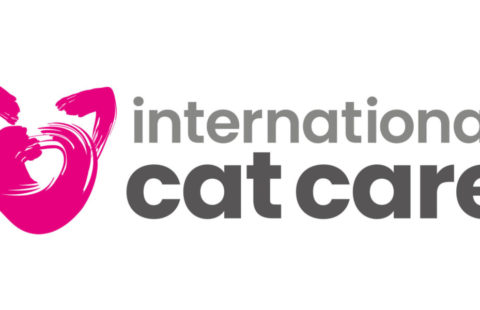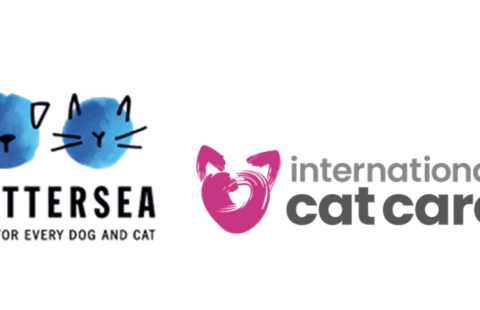It’s estimated that between 20% and 50% of cats over the age of 15 will have some degree of chronic kidney disease (CKD).
CKD is one of the most common conditions affecting older cats. It occurs where there is irreversible and long-term damage to the kidneys that makes it more difficult for them to function properly and remove waste products from the blood. When working correctly, kidneys do a number of things to keep the body healthy, such as maintaining the balance of acid, water and salt in the body, removing toxins from the blood, producing hormones and keeping blood pressure constant.
It’s not curable or reversible; but spotting the symptoms early will allow for treatment that can slow down the progression of the disease and improve quality of life.
The early symptoms of CKD can be remembered as PIILL:
- Poor appetite
- Increased thirst
- Increased urination
- Loss of weight
- Lethargy
Other symptoms and signs include:
- Poor coat
- Halitosis
- Vomiting
- Weakness
- Anaemia
- High blood pressure
As the kidneys are so important in the regulation of water in the body, increased thirst can be a clear early warning sign. It’s not always easy to monitor cats drinking habits, as they can be secret drinkers, but another sign that ties in with this is an increase in the need to urinate along with less concentrated, more dilute urine. Untouched food and a drop in weight are also early warning signs and can be easier to spot than the level of a water bowl.
As CKD is such a common disease in older cats, veterinary check-ups once or twice a year are very important. Urine samples and body weight should be monitored on each visit, as declining weight and a drop-in urine concentration are both signs that CKD is developing.
Diagnosis is made by collecting a blood sample and a urine sample for analysis. The blood test may identify other complications that might have arisen from CKD such as high blood pressure, high blood phosphate and low blood potassium.
Although most causes of CKD are unknown, there are some that are well-recognised and if these can be identified they may be treated, and the progression of the disease could be halted. But most treatment is solely concerned with prolonging and improving the quality of life.
Catching CKD early is key, and routine yearly or twice-yearly veterinary check-ups are crucial in spotting the early warning signs. If any symptoms are noticed, it’s important to consult a vet.
More information about CKD can be found in our advice article here.






